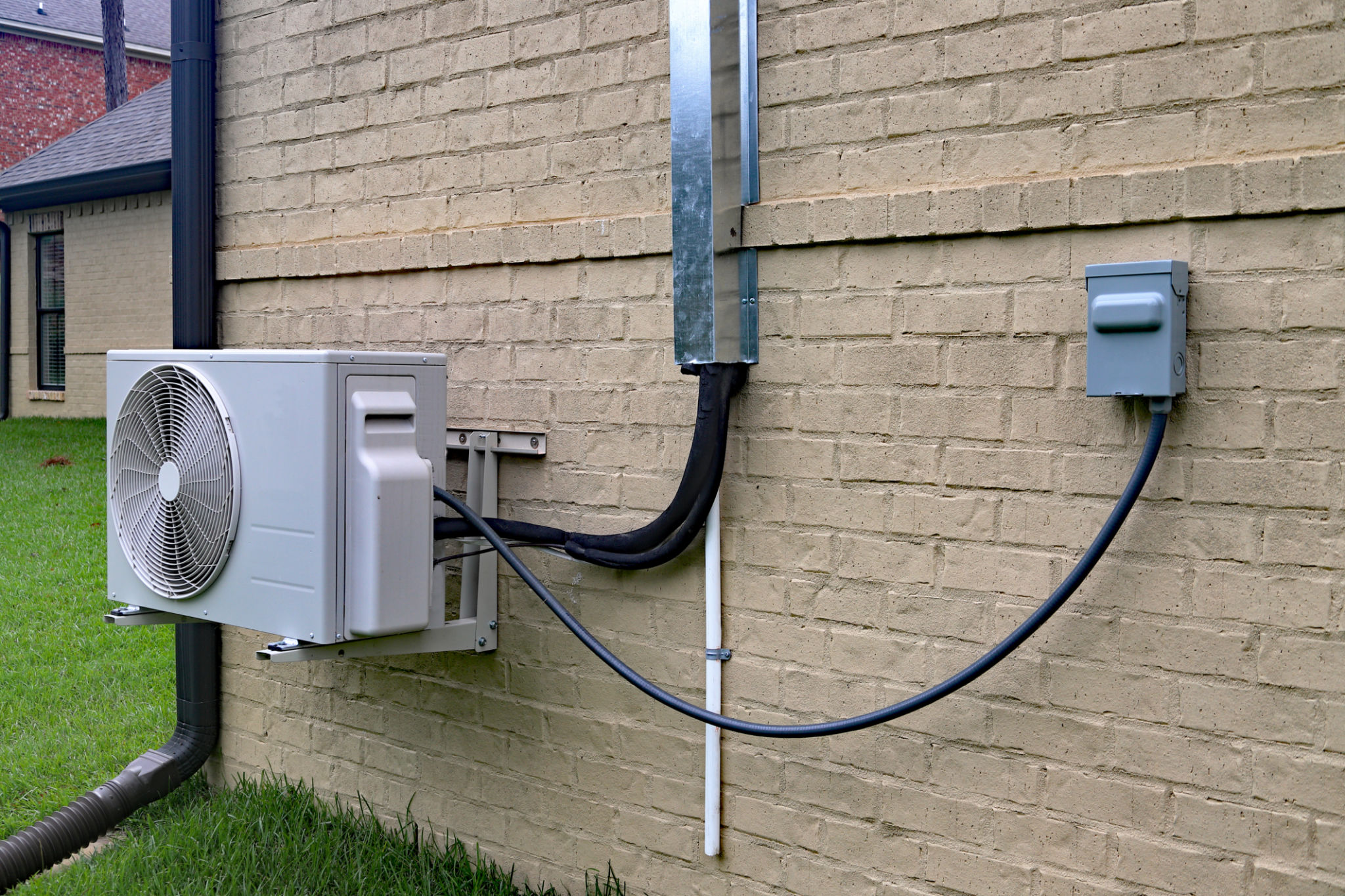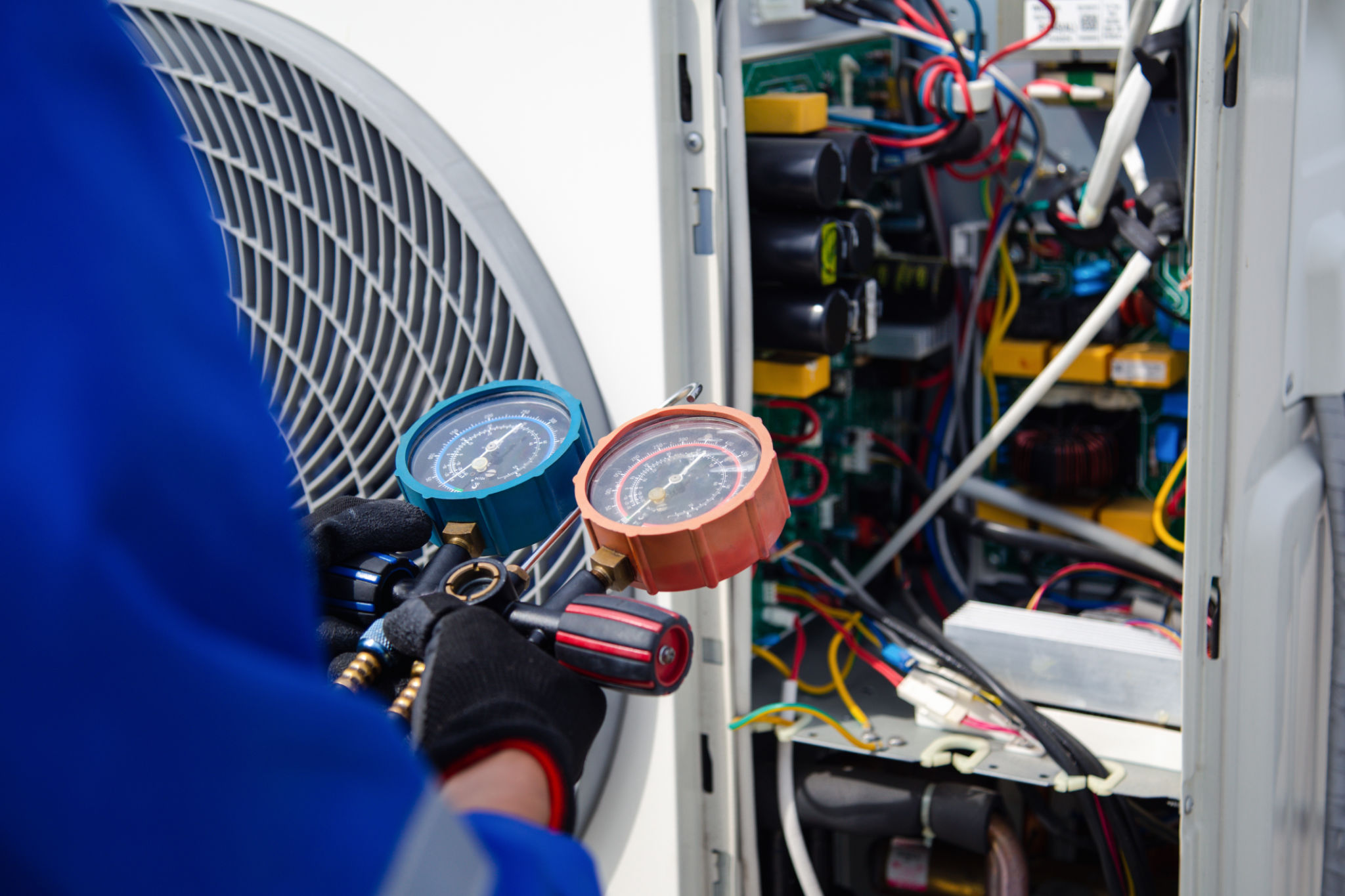Choosing the Right HVAC System: Comparing Ductless Split Systems and Split Systems
Understanding HVAC Systems
Heating, ventilation, and air conditioning (HVAC) systems play a crucial role in maintaining comfort and air quality in homes and businesses. When choosing an HVAC system, it's essential to understand the different types available and how they meet your specific needs.
Two popular options are ductless split systems and traditional split systems. Both have distinct advantages, and the right choice depends on various factors such as budget, installation requirements, and desired comfort levels.

Ductless Split Systems
What Are Ductless Split Systems?
Ductless split systems, also known as mini-split systems, consist of an outdoor compressor unit and one or more indoor air-handling units. These systems are popular for their flexibility and efficiency. They do not require ductwork, making them ideal for homes without existing ducts or for additions to existing structures.
Advantages of Ductless Split Systems
Ductless systems offer several benefits:
- Energy Efficiency: Without ductwork, there is less energy loss, resulting in lower utility bills.
- Flexibility: These systems allow for zoning, where different areas can be heated or cooled independently.
- Easy Installation: The lack of ductwork simplifies installation, reducing time and labor costs.

Traditional Split Systems
What Are Traditional Split Systems?
Traditional split systems use ductwork to distribute air throughout a building. The system includes an outdoor compressor and an indoor unit connected by refrigerant lines. These systems are common in homes with existing ductwork and provide reliable heating and cooling.
Advantages of Traditional Split Systems
Traditional split systems are favored for several reasons:
- Consistent Airflow: Ducts ensure even distribution of air, maintaining a consistent temperature throughout the home.
- Cost-Effective for Larger Spaces: In larger homes, these systems can be more economical due to their ability to serve multiple rooms efficiently.
- Availability of Options: There are numerous models available to match varying efficiency and size requirements.

Factors to Consider When Choosing Your HVAC System
Installation and Cost
The cost of installation can significantly impact your decision. Ductless systems generally have higher upfront costs but may save money over time due to energy efficiency. On the other hand, if your home already has ductwork, a traditional split system might be more cost-effective initially.
Maintenance and Longevity
Ductless mini-splits typically require less maintenance since there are no ducts to clean. However, both systems need regular servicing to maintain efficiency and prolong lifespan. Consider the maintenance needs and potential repair costs when choosing your system.

Conclusion: Making the Right Choice
The decision between a ductless split system and a traditional split system should be based on your specific needs and circumstances. Evaluate factors such as installation ease, energy efficiency, budget constraints, and long-term maintenance. Consulting with an HVAC professional can provide guidance tailored to your home or business's unique requirements, ensuring you make a well-informed choice.
